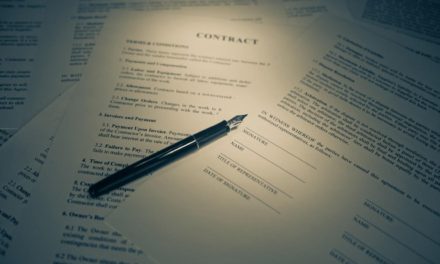In an industry like procurement, there are a lot of different terms that sound very similar, and even have similar functionality. Understanding the nuances between these terms is integral to finding success as a procurement professional. Additionally, it can be a good self-reflection exercise to ensure that your internal procurement team is using the appropriate terminology, and the processes deemed as best practices. Purchase requisition vs purchase order, for instance, is a great example of two similar terms, with nearly identical, but very different functions.
Both a purchase order and a purchase requisition are related to the purchasing of goods or services by an employee, department, or organization. However, the two documents serve significantly different purposes, which is important for procurement professionals to understand and acknowledge.
Defining a Purchase Requisition
A purchase requisition, first and foremost, is strictly an internal document. This is a key element in differentiating how the two documents operate. As an internal document, the purchase requisition originates within a department, and acts as a formal request for the purchase of goods or services from an employee or internal department.
The purchase requisition is then reviewed, and can be approved or denied. Upon approval, however, the purchase moves into the next phase, which begins with the creation of the purchase order.
Elements of a Purchase Requisition
There are some key aspects to creating a purchase requisition that detail the reasoning and justification of the purchase, as well as important details related to the purchase itself.
The details that a purchase requisition normally includes are:
- A product description
- Quantity
- Name of vendor
- Price
- Purchasing employee/department
These are important details not only for the purchase itself upon purchase requisition approval, but also for accounting and record keeping purposes.
Maintaining a record of purchase requisitions, both approved and denied, can significantly ease the accounting departments minds during tax-season. Not to mention, lead to impactful company savings from tax-write-offs and various other avenues.
Records of purchase requisitions can also deliver valuable insight into future budgeting, and help companies allocate the right amount of resources to the right departments.
While purchase requisitions are an extremely effective – and proven way for procurement teams to begin an internal purchase – they aren’t universal. Some companies choose not to use purchase requisitions. Others still will only require purchase requisitions over a certain departmental budget amount.
Understanding the different ways purchase requisitions can be implemented into the procurement life-cycle should help you plan and develop your own procurement team process that makes the most sense for your organization.
Defining a Purchase Order
Upon the approval of a purchase requisition, a purchase order is formed. The purchase order is, unlike the purchase requisition, an external document. This document outlines the details of an actual purchase made.
Similar to a purchase requisition, there are specific elements that are standard to include in a purchase order.
Elements of a Purchase Order
Understanding the key elements of a purchase order is integral to creating standard and effective purchase orders to deliver to vendors. The standard elements of a purchase order provide vendors the information they need to accurately fill the order, such as:
- Name of the company
- Name of the purchasing employee/department
- Date of PO creation
- Quantity of goods and services
- Price of goods and services
- Payment terms
- Relevant signatures
These are the pieces of information a vendor or supplier needs in order to fill a purchase order, and deliver it on time.
The bookkeeping and accounting practices touched on earlier also apply to purchase orders. There should be a detailed and thorough record of purchase orders as they’re made, and as they’re delivered on. This will help organizations maintain their vendor-quality standards, plan for future budgets, and once again, ease the accounting departments mind come tax-time.
Purchase Requisition vs Purchase Order
The main difference between a purchase requisition and a purchase order is the documents function within the procurement lifecycle. Purchase requisitions begin the purchase process from an employee, or department. They then go through a reviewal where they are approved or denied.
Upon approval, a purchase order is filled out with the necessary information that a vendor needs to fill the order accurately and timely. Purchase requisitions and purchase orders work hand-in-hand and help build an effective and comprehensive procurement department.
For all of the most relevant and up to date procurement information, visit ProcurePort today.










